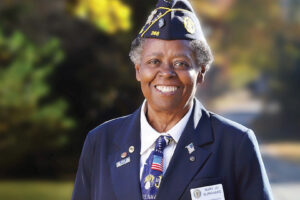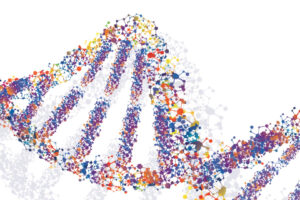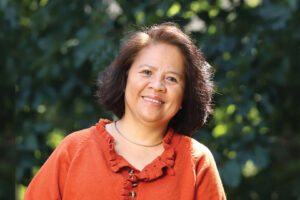When Irene Weingarth noticed a tiny dry patch of skin on her face, she put on extra moisturizer, not giving it much thought. When the flat patch became a red bump and started to bleed, the Parlin resident visited a dermatologist.
“I just thought it was a pesky dry patch,” explains Irene, 76. “It never occurred to me that it could be skin cancer, but my dermatologist knew it was cancerous just by looking at it.”
A biopsy confirmed that Irene had squamous cell carcinoma, a common form of skin cancer that develops in the middle and outer layers of the skin. Although not usually life-threatening, it can spread to other areas of the body if left untreated.
Irene’s dermatologist recommended she have Mohs surgery, a procedure where thin layers of cancerous skin are progressively removed and examined until only cancer-free tissue remains. Because the blemish was on her cheek, Irene was concerned about the potential for scarring. A friend suggested that she see Edward Soffen, MD, a board-certified radiation oncologist and medical director of the Radiation Oncology Department at CentraState, about nonsurgical options.
A Superior Cosmetic Outcome
Dr. Soffen recommended skin brachytherapy, a non-scarring treatment for destroying small, non-melanoma skin cancer using radiation instead of surgery.
“Brachytherapy applies topical radiation to the skin to treat basal and squamous cell skin cancers,” explains Dr. Soffen. “It’s particularly effective for areas like the face, eyelids, and nose, where scarring can be a concern for patients.”
This spring, Irene received seven brachytherapy treatments over two and a half weeks at the Karen Olbis Radiation Oncology Center. During treatment, radiation was delivered only to the cancer, with no exposure to any other area of her body. An applicator was moved over the spot, delivering high-dose, targeted radiation. Each outpatient treatment lasted only five minutes. About five weeks after her last session, the skin peeled off like a sunburn, revealing clean, blemish-free skin.
“I was nervous about having radiation, but it was nothing like I expected,” says Irene, who will return for follow-up appointments every six months for a year. “The spot turned a bit pink with each application, but I never felt any pain or discomfort.”
“Skin cancer can take years to develop, even from just one severe sunburn as a child,” Dr. Soffen cautions. “If a mark on your skin grows bigger or begins to itch or bleed, contact a dermatologist.”
And, if you’re diagnosed with skin cancer, it’s important to research your options.
“I’m so glad that I got a second opinion,” says Irene.
Find a dermatologist with CentraState’s online physician finder. To learn more about cancer screenings, visit centrastate.com/events. For more information about CentraState’s radiation oncology services, call 855-411-CANCER (855-411-2262).





